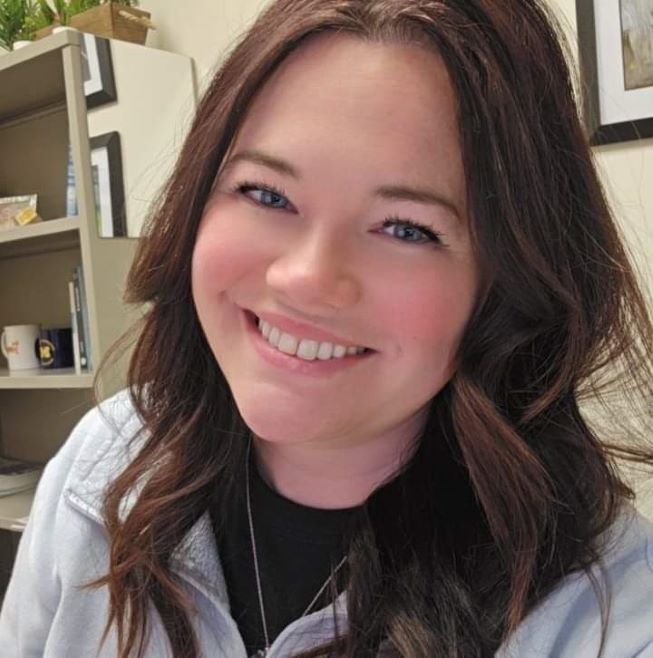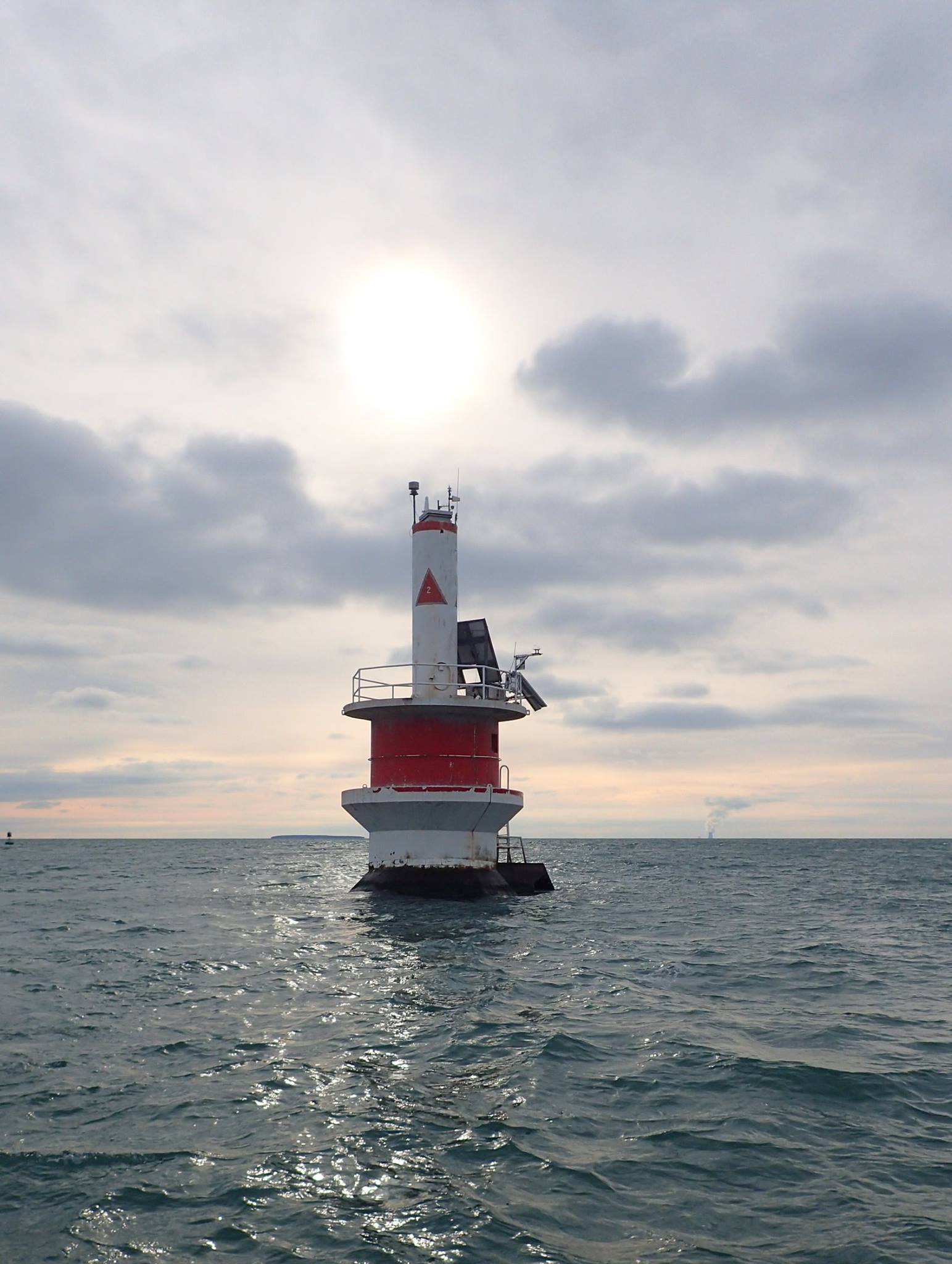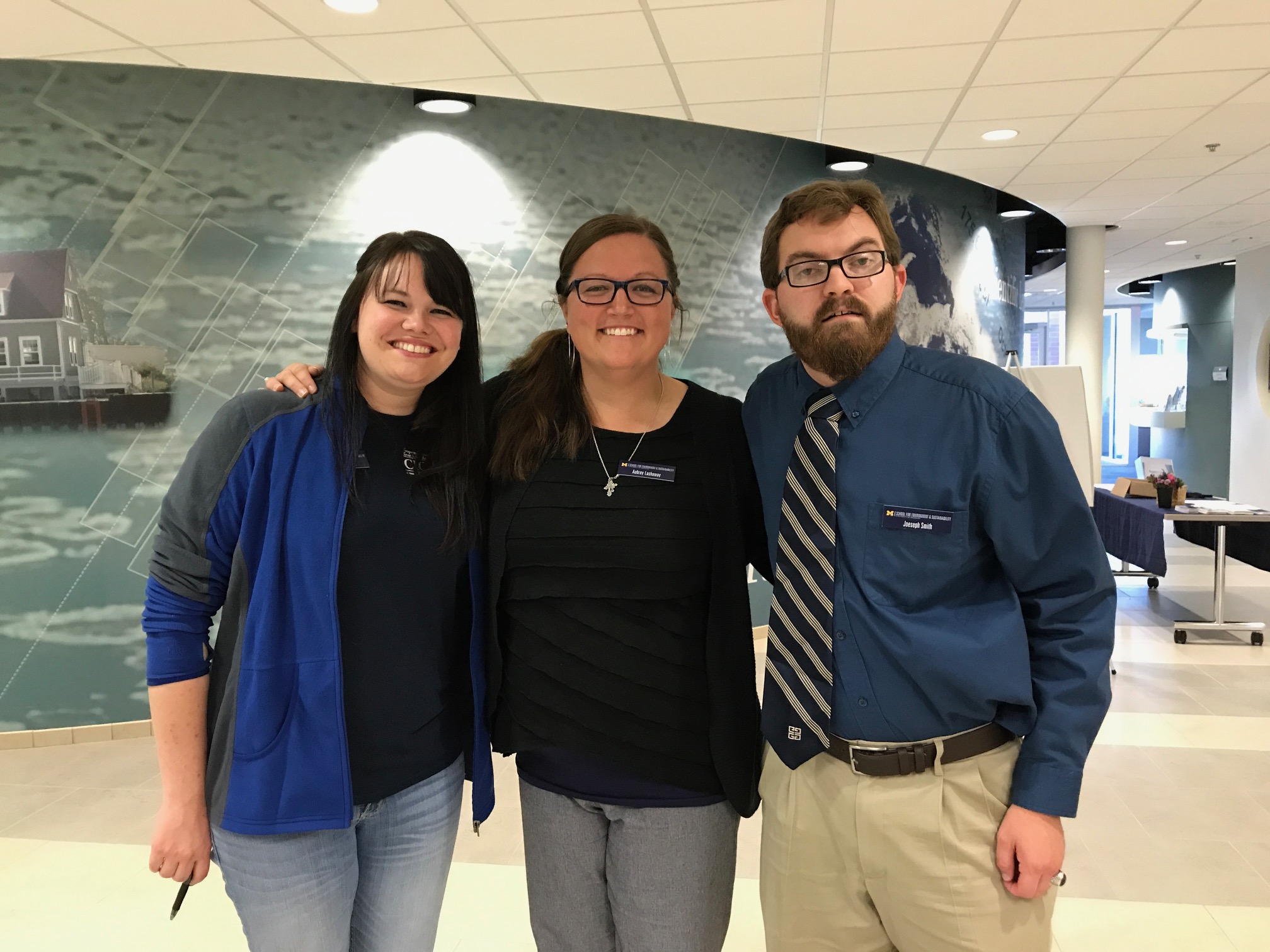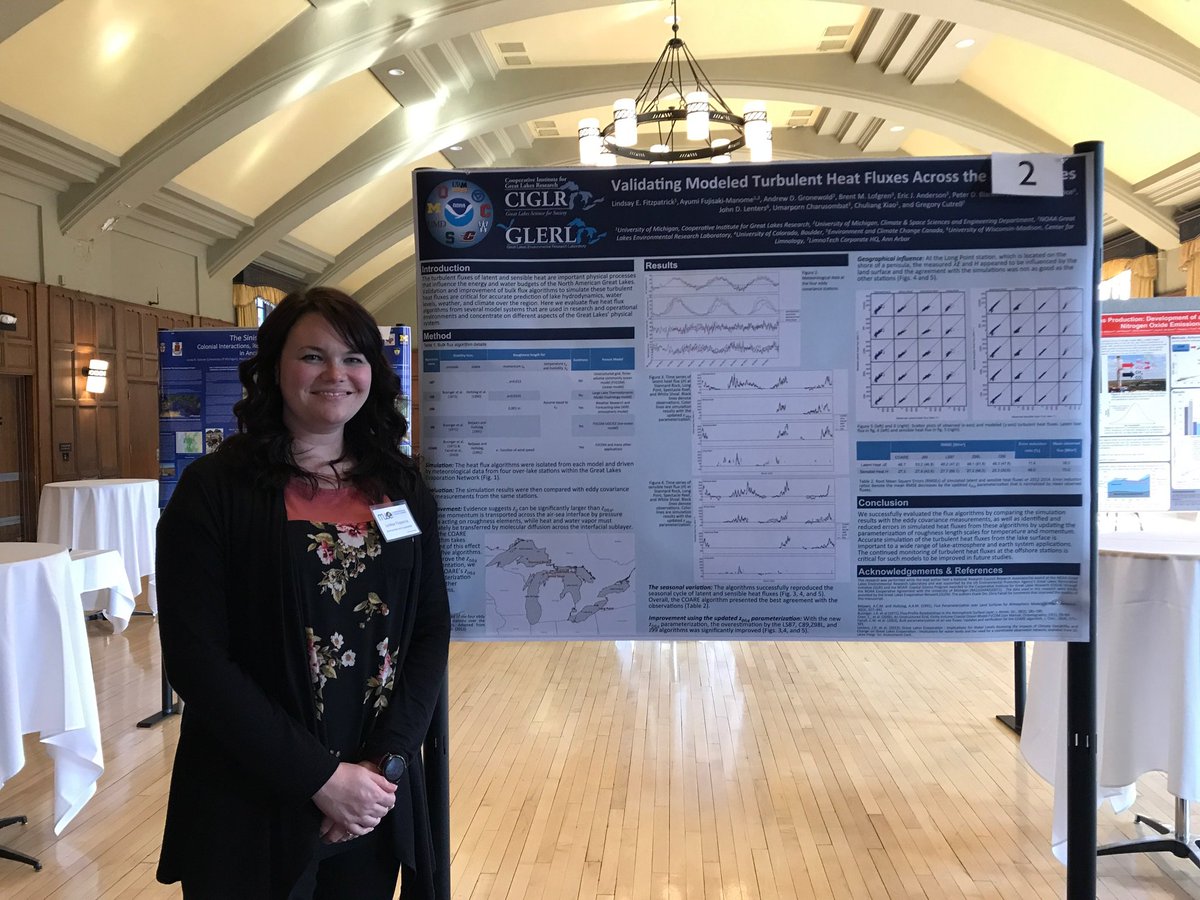Lindsay Fitzpatrick
Environmental Data Specialist
SEAS CIGLR
4840 South State Road
Ann Arbor, MI 48108-9719
In the News:
- One-Way Air–Lake Model Linkage Improves Lake-Effect Snow Forecasts, Bulletin of the American Meteorological Society, 12/23/2020
- Using the NOAA National Water Model to Guide Fertilizer Application and Improve Water Quality, CIGLR Summer 2019 eNews, 06/2019
- Forecasting the Future of Lake Effect Snow, CIGLR Winter 2018 eNews, 03/2018
- November 2014 storms become case study for better lake-effect forecasting, The Buffalo News, 12/9/2017
- Building a better lake-effect snow forecast, GoErie.com, 12/1/2017
- Better lake-effect forecasts are coming, The Buffalo News, 11/24/2017
- Imagine a Great Lakes weather forecaster who’s always right, Great Lakes Echo, 11/20/2017
Photo Gallery
As an Environmental Data Scientist, Lindsay Fitzpatrick is currently engaged in the Bipartisan Infrastructure Law (BIL) Project, where she is developing the next generation of operational net basin supply and water level forecasting tools for the Great Lakes on a subseasonal to annual (SA) scale. As a member of the new Great Lakes AI Lab, Lindsay aims to leverage innovative methodologies to enhance water level prediction capabilities through advanced data-driven modeling, contributing to effective water resource management and coastal resilience. Additionally, she collaborates with governmental agencies, environmental organizations, and community stakeholders to ensure that forecasting tools are aligned with real-world applications and community needs.
Education:
-
- M.S., Atmospheric Science, University of Michigan, Ann Arbor, MI (2016)
- Graduate Work, Meteorology, Florida State University, Tallahassee, FL (2011)
- B.S., Meteorology and Mathematics, Central Michigan University, Mt. Pleasant, MI (2010)
Interests:
-
- Forecasting
- Severe Weather
- Atmospheric Science
- Atmospheric Chemistry
- Great Lakes
Publications:
Fitzpatrick, L., Titze, D., Anderson, E.J. , Beletsky, D., Kelley, J.G.W. 2023. Simulating flood events at the Twin Ports of Duluth-Superior using a linked hydrologic-hydrodynamic framework. Ocean Dynamics. 73:433-447. (DOI:10.1007/s10236-023-01559-7). [Altmetric Score]
Ford, C.M., Hu, Y., Ghosh, C., Fry, L.M., Malakpour-Estalaki, S., Mason, L., Fitzpatrick, L., Mazrooei, A., and Goering, D.C. 2022. Generalization of Runoff Risk Prediction at Field Scales to a Continental-Scale Region Using Cluster Analysis and Hybrid Modeling. Geophysical Research Letters. 49:e2022GL100667. (DOI:10.1029/2022GL100667).
Hu, Y., Fitzpatrick, L., Fry, L.M., Mason, L., Read, L.K., and Goering, D.C. 2021. Edge-of-field runoff prediction by a hybrid modeling approach using causal inference, Environmental Research Communications. 3:075003. (DOI:10.1088/2515-7620/ac0d0a).
Fujisaki-Manome, A., G.E. Mann, E.J. Anderson, P.Y. Chu, L.E. Fitzpatrick., S.G. Benjamin, E.P. James, T.G. Smirnova, C.R. Alexander and D.M. Wright. 2020. Improvements to lake-effect snow forecasts using a one-way air-lake model coupling approach. Journal of Hydrometeorology. (DOI:10.1175/JHM-D-20-0079.1). [Altmetric Score]
Charusombat, U., A. Fujisaki-Manome, A.D. Gronewold, B.M. Lofgren, E.J. Anderson, P.D. Blanken, C. Spence, J.D. Lenters, C. Xiao, L.E. Fitzpatrick and G. Cutrell. 2018. Evaluating and improving modeled turbulent heat fluxes across the North American Great Lakes. Hydrology and Earth Systems Sciences. (DOI:10.5194/hess-2017-725). [Altmetric Score]
Fujisaki-Manome, A., L.E. Fitzpatrick, A.D. Gronewold, E.J. Anderson, B.M. Lofgren, C. Spence, J. Chen, C. Shao, D.M. Wright and C. Xiao. 2017. Turbulent Heat Fluxes during an Extreme Lake-Effect Snow Event. Journal of Hydrometeorology. (DOI:10.1175/JHM-D-17-0062.1). [Altmetric Score]
Video Library
Lake effect snow storms have huge impacts on transportation, public safety and business revenue. Recently, great improvements have been made to forecasting lake effect snow and scientists from CIGLR are a part of it. Dr. Ayumi Fujisaki-Manome, CIGLR Assistant Research Scientist, and Lindsay Fitzpatrick, CIGLR Atmospheric Data Analyst, recently collaborated on an article that discusses instruments and models that can help improve the accuracy of lake effect snow forecasting. m
vi
When doing research for his science fair project, Jason Wang (middle school student from California) found the CIGLR Minute video focused on lake effect snow. In an effort to understand this phenomenon better, Jason contacted CIGLR scientists Dr. Ayumi Fujiski-Manome and Lindsay Fitzpatrick for more information. Jason shared that, “Speaking to the [science fair] judges can be very stressful, but speaking with you all was very fun, helpful, and encouraging to me. Emailing you and getting to meet all of you was the best part of my project. Thank you again.”









